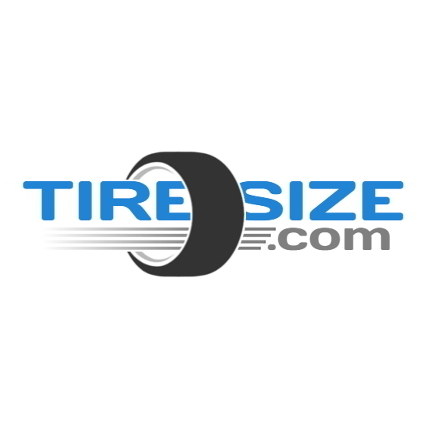chiapet15
Member
as someone with all these components....its upsetting to see so many say there is no noticeable NVH increase.
its noticeable, just not annoying or unexpected. There is certainly more NVH with the bearings.
I had the MPP front lower control arm bushings, compression rod inserts, and rear camber arms installed with the comfort coilovers at AutoRnD in Fremont, CA for my 2018 P3D. I also replaced the FUCA with new OE ones. I found that the bearings and solid bushings produced enough of a noise increase that I had them removed. I went back to new stock lower control arm bushings and rear camber arms from Redwood Motorsports which accept the OE rubber bushings (FPX - OEM Rubber Bushing Adjustable Rear Camber & Toe Control Arms). AutoRnD does a lot of these installations and they said I was the first person to ever complain about the NVH increase and go back to stock bushings.
I consider myself an audiophile, so I think my hearing is more sensitive than most, but my I also noticed that we were all repeating ourselves more frequently when talking with our kids in the backseat when driving on the highway. I would describe the sound signature as coming from the wheel bearings, since on completely smooth, new asphalt roads, the high pitched and metallic whirling sound would change in pitch and volume with speed. Overall, on normal asphalt roads (not newly paved) and especially concrete ones, it sounded like being in a plane but with a higher pitched metal sound. When going over the expansion joints on bridges, the thumps took on a metallic pinging/ringing sound at impact. The combination of the higher pitch and volume of the sound fatigued my ears (like i had listened to high volume music for an extended time) after about 20min of driving, so I had to have the solid bushings removed. NVH went down significantly after I went back to the stock rubber bushings. In the process, I also realized that most of the gain in steering responsiveness was from simply replacing the torn stock rubber lower control arm bushings. I realize the stock ones will just tear again in 30Kmi, but I just can’t deal with the sound signature that solid bearings produce in my car. I’m hoping someone makes replacement rubber lower control arm bushings.
Here’s what I initially had installed by AutoRnD:



